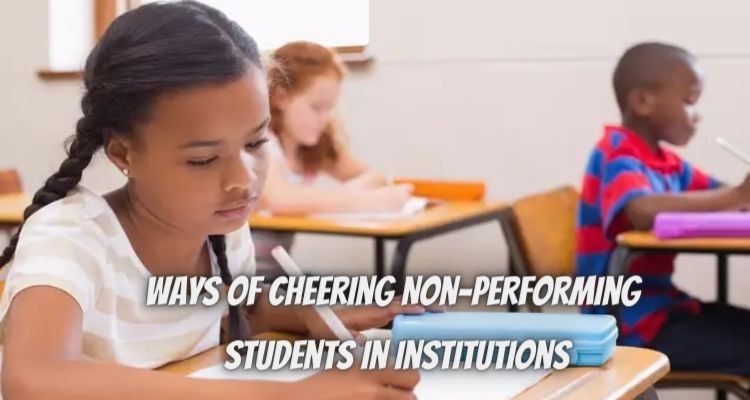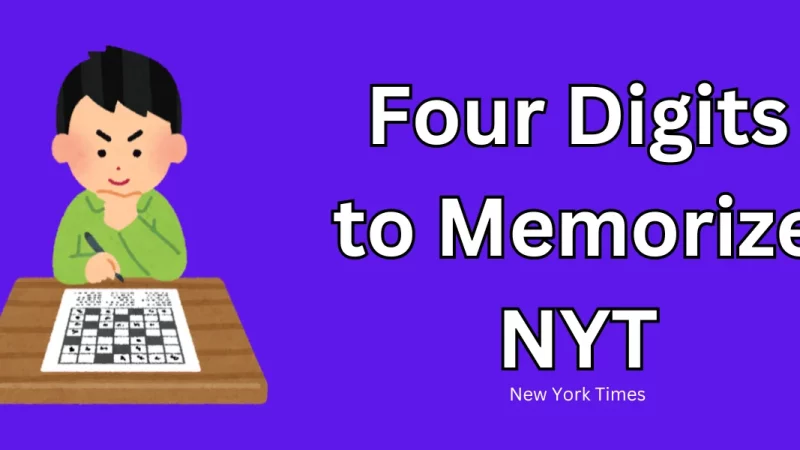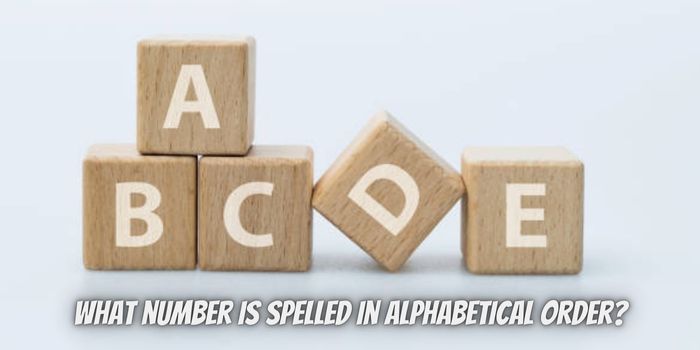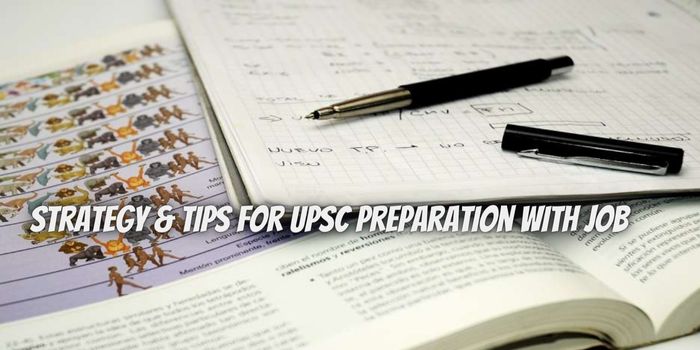Ways of Cheering Non-Performing Students in Institutions

No matter how expert you are in your teaching area, how hard you map the curriculum to cover every learning goal, or how perfect your delivery techniques are, there are always some students who will still fail. Or, rather, won’t get the content.
This could be linked to organizational reasons like teaching methods and assessment and evaluation, or individual factors such as lack of learning goals or inspiration and inadequate preparation. However, a greater percentage of non-performance is caused by a lack of motivation and interest.
But, what can you do to help improve the morale of your non-performing students? These guidelines will help cheer your students to better results. You should:
Cultivate a Meaningful Relationship with the Students
If you truly want to cheer your students, you must first confer with each student individually. Plus, you have a mix of students, and with all the diversity, it’s just natural that they have varied learning preferences.
So, identify the type of students you have, and know them on a personal level. Find out their interests, hobbies, friends, what excites them, and family situations. Of course, creating a motivational strategy that cheers all of them would be challenging. But, with the knowledge of their personalities, you can easily devise a plan that best works for most or all of them.
Also, getting personal makes some students feel you care for them. And, studies indicate some learners perform well with people who care about them. So, discovering students’ difficulties and what they need makes them more likely to reciprocate through better performance.
Find here : How to Turn Spell Check on And off in Word
Encourage Growth Mindset Learning Over Fixed Mindset Learning
Most learners have an underlying mindset or belief that is either fixed or growth-wise. Students with fixed mindsets believe individuals are born with abilities and talents and can never be changed. So, fixed-minded students will shy away from challenges because they don’t want to appear weak, incapable, or struggling.
On the other hand, growth-minded learners believe they can always improve their abilities and talents by putting more effort into what they do. Such students will enjoy challenges and work hard in areas they feel inferior.
Therefore, constantly remind your students that they have the power to change their grades when they work hard. Recognize the little efforts they put into the work and praise their abilities or, rather, highlight the positive things they do.
Create a Safe Learning Environment
As earlier mentioned, a classroom has diverse students of varied learning and understanding levels. So, as a teacher, you need to ensure you create and grow or encourage a community of learners. Students who feel responsible for their colleagues’ performance can always be ready to assist one another.
Also, change the outdated learning model where teachers do everything from lecturing to checking students’ understanding and giving students the power to collaborate. Let them talk to themselves and build a community to consult their fellow students.
No doubt, but the gradual release of roles eliminates the rote memorization and encourages learners to participate in their learning fully. Instead of being passive or witnesses to instructors’ knowledge, a safer community encourages a deeper understanding of various concepts.
Create a Stress and Threat-Free Classroom
Fear is never a motivator. Students are more likely to fail if they constantly think about their teachers’ wrath.
So, from a good relationship you created with your students, you’ll possibly know what makes them anxious. They may be having some tough family times, or they’re deprived of certain rights, and what they’ll want most is to have a peaceful and threat-free classroom. A supportive, enthusiastic, and positive person.
Assign Responsibilities and Offer Rewards
In addition to creating a community of learners, you should assign students tasks. Most growth-minded students will see that job as a privilege to show what they know, and some will also feel valued to form part of the problem-solving.
To encourage their participation, you can provide rewards for great performances. Rewards will motivate some students to work hard to create fair and positive competition.
Conclusion
The above methods will help you reconnect your students back to their learning. Converse with students, discover their hardships, and consider the technique that best cheers them to work hard.





